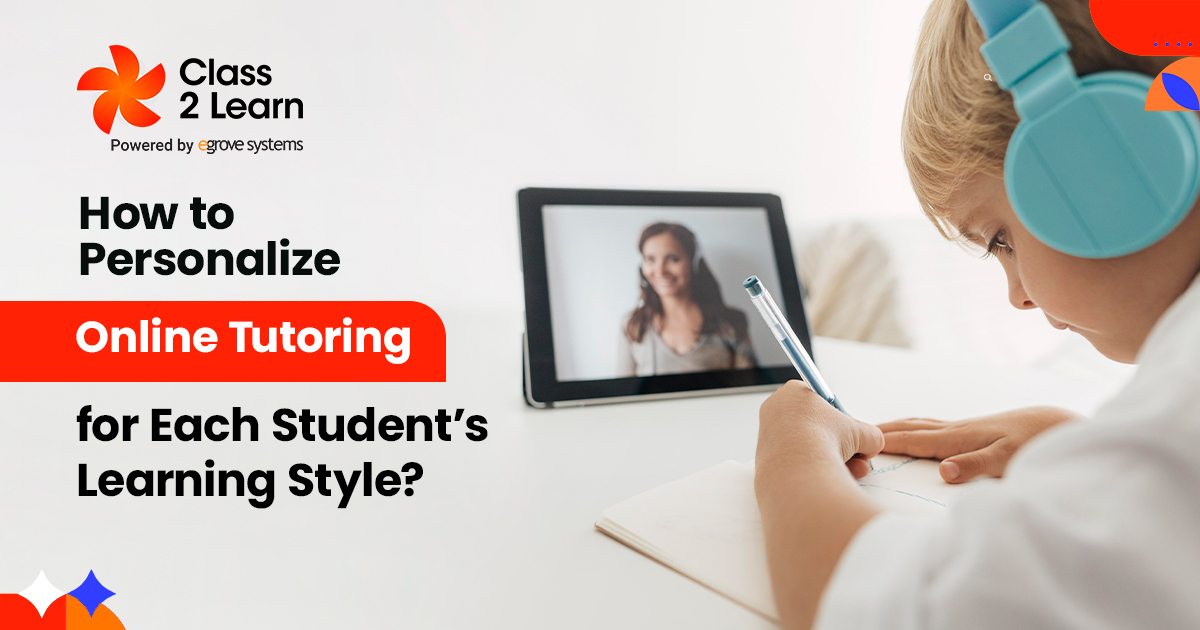Every school environment contains learners or students who show up dull and disengaged, who don’t even finish classes, and who, when asked, do not remember and who haven’t grasped the idea. When students are bored, disengaged, and demoralized, their learning tends to suffer. Attentive students are satisfied, more efficient, and more dedicated, according to research.
Microlearning has skillfully investigated the role of students becoming weary, disengaged, and successful ingestion for long periods of time.
Microlearning is a method of teaching and conveying information to the students in very specific smaller pieces that give students authority over what they know and understand and when they learn it. This strategy has a short-term focus and is usually designed specifically for competence-based learning/education. This procedure might take anything from a few seconds to 15 minutes or more. Furthermore, this learning technique has a minimal cost of development, is easy to implement, and may be utilized as an independent asset or as part of a series of micro-courses. Although its brief duration, it is intended to achieve certain educational objectives.
The microlearning process involves breaking the entire course topic into smaller chunks of video, audio, text, or infographic content. Video and audio sessions usually last 5-10 minutes. Designed in a rich media format, it is a learner-centric approach that provides just-in-time training for use on multiple devices (desktops and laptops as well as tablets and smartphones). All of these aspects allow learners to easily access, complete, and apply quickly.
The Key Takeaways of Microlearning are:
Enhances learner participation/engagement:
Students are more interested with the subject matter when they use microlearning; it adopts small questionnaires that show up after each sub-topic. This assists the student in comprehending the core idea and identifying knowledge gaps.
Raised Absorption:
Microlearning utilizes interactive content such as infographic/flash charts, byte-sized animations, fascinating hypotheses, and more to attract students’ attention and improve content accumulation.
Easy Content Updations:
The content in the microlearning-based E-Learning system is divided into short sub-topics, which aid in content updations. Updating a sub-topic will have no effect on other topics, and thus saves time and effort spent on updating content.
Diversified Learning through a Single Goal:
Microlearning employs a variety of content, such as graphs and charts, appealing theory, bite-sized animated videos, and so on. It improves learning effectiveness because all of these diverse contents are designed to focus on a single goal.
Offers Optimal Time Management:
Microlearning splits the learning process into small intervals of time of 5-15 minutes each, allowing students to make the most of their time.
Increased Efficiency:
Microlearning is intended to make partitions of the entire syllabus and topics into distinct sub-topics that can be fully grasped in short time intervals. Shorter study intervals increase students’ engagement, and learning efficiency improves automatically.
Faster & Sequential Access:
Access to study material is quite easy due to extreme modularization. The syllabus is divided into topics and subtopics, with suspicious, review, bookmark, and other buttons for quick access to content.
Enhanced Personalization:
Microlearning gives priority to personalization as this technology ensures every click and tick is recorded. This personalization helps the student to understand the subject, analyze the gaps and note the differences between learning and mastering the concepts.
According to a 2015 Microsoft study, human attention is shorter than goldfish, and while goldfish can stay interested in something for 9 seconds, humans spend an average of 8 seconds. This will increase from 12 seconds in 2000 and will always be shorter. .. Microlearning has been found to be most effective when a student studies a topic that uses less than 500 words in less than 5 minutes and this time frame incorporates interactions and assessments. When learners are asked to perform some activity, they have to pay attention, and the attention clock is reset.
Microlearning addresses the needs, motivation, and learning style of the learner. If a student has a habit of studying in the morning, giving class instructions or teaching at night will make him become inattentive in classes and lose interest in the subject. If a student needs to know something about subjects at a particular point in time, they will be very attentive and motivated.
Multiple & Short Reviews:
Another notable feature of microlearning is that you can see all the modules later. If the concept is ambiguous and needs to be clarified, it’s easy to go back and redisplay it. People cannot walk freely in places with computers, but they can walk with a smartphone, so it’s very important to keep all these devices compatible. Simultaneously, microlearning empowers learners by making them autonomous and instilling confidence in learning concepts without a teacher or classroom.
Conclusion:
Microlearning will continue to be an effective learning method for the foreseeable future with the key takeaways as mentioned above with micro-assessments. You can use mini tests and short quiz competitions to ensure your students are progressing with training tools. Therefore, there is no perfect time to invest in an interactive and engaging e-learning experience. With the above knowledge and understanding, you and your organization will know what microlearning is, how microlearning is best used, and how to maximize learning outcomes. You need to have a solid understanding of whether it can be used.





Add comment